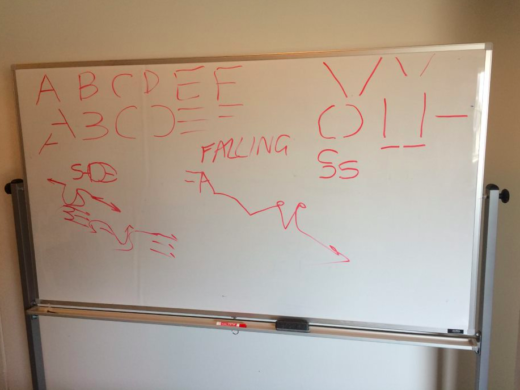- EVERY WOMAN NEEDS A ROOM OF HER OWN: IN CONVERSATION WITH POORGRRRL’S TARA LONG

- Dave Hickey on Songwriting
THE MFU AT ARTCENTER/SOUTH FLORIDA
Jarrett Earnest

For this special section of The Miami Rail, we are publishing edited transcripts of the three visiting artist seminars, as well as reprinting the syllabus from the program. These guests, along with the readings, were chosen to address the rich and overlapping interests in the fellow’s projects—specifically focusing on sound, narrative, sequences and the elaboration of “form” in time.
Dave Hickey is a legendary art critic who spent part of the 1970s writing songs and music criticism in Nashville. He asked us to read two essays on music theory by Leonard B. Meyer and for the seminar we listened to a playlist of songs together, sheet music in hand, which we discussed in depth.
Genesis Breyer P-Orrdige is a visual artist, writer and the iconic driving force of the bands Throbbing Gristle and Psychic TV. We read two of he/r essays on ritual practices and discussed the relationship between life and art.
Stan Douglas is an artist famous for ambitious film and photography installations. He asked us to read the essay “A Rising Tide Lifts All Boats: Crisis Era Struggles in Britain” from the journal ENDNOTES, and we talked about his continued engagement with images of riots and social unrest.
While these talks were delivered in the intimate space of seven people around a table, we hope that making them public in this form will extend the conversation of the MFU to the Miami community, and the wider art world.









